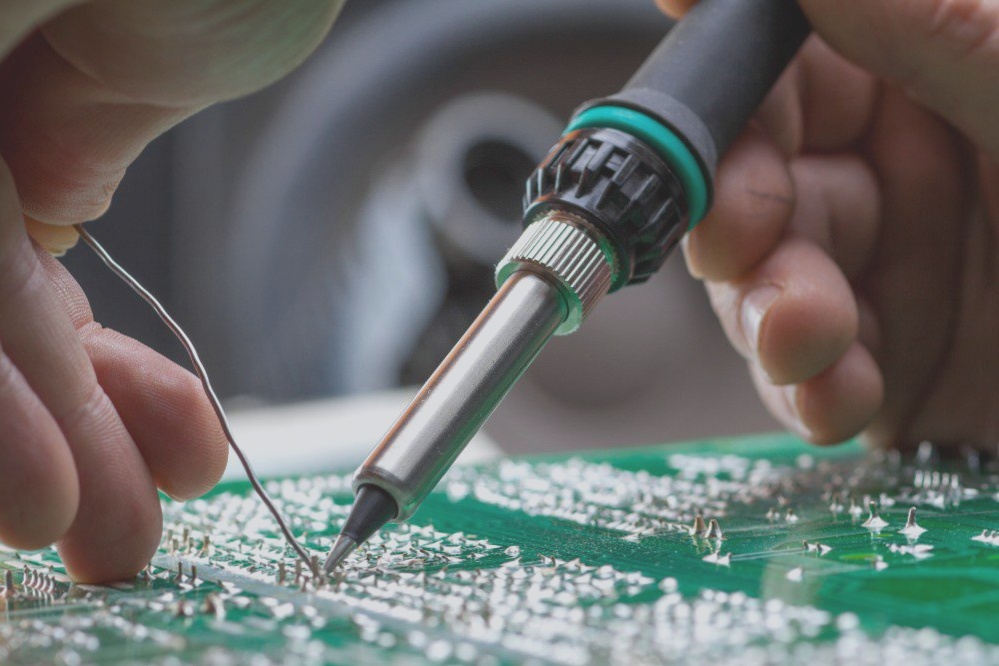Circuit Board Design: Multi-Layer PCB Grounding Techniques
When it comes to circuit board design experience, understanding multi-layer PCB grounding techniques is crucial for high-density and high-frequency applications. Here are some key insights:
Benefits of Four-Layer Boards
- Four-layer boards offer over 20 dB improvement in EMC compared to two-layer boards.
- They typically feature a continuous ground plane and a complete power plane.
- Ground connections of circuits are linked to the ground plane, effectively managing working noise.
Grounding Methods
There are various methods to connect each circuit’s ground wire to the ground plane:
- Single-Point Grounding:
- Series single-point grounding and parallel single-point grounding are common.
- Multi-Point Grounding:
- Ensures short grounds suitable for high-frequency applications.
- Mixed Grounding:
- Combines single-point and multi-point grounding.
- Optimal for different types of circuits.
Ground Plane Segmentation
Segmenting the ground plane is crucial for specific scenarios:
- Align planes to prevent interference and failure.
- Consider coupling between layers at high frequencies.
- Connect signal lines between ground planes via a ground bridge.
- Avoid running high-frequency traces near isolated ground planes.
- Minimize loop areas to reduce external radiation and interference.
Connection Between Grounds
Exploring different connections between grounds can optimize circuit performance:
- Common Wiring Connection
- Large Resistance Connection
- Capacitor Connection
- Magnetic Bead Connection
- Inductance Connection
- Small Resistance Connection
Understanding these grounding techniques is essential for effective PCB design and functionality.

